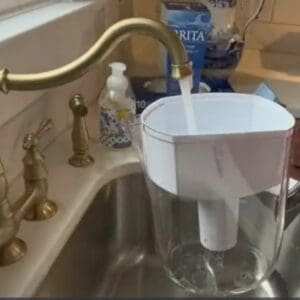Why Use Reverse Osmosis Filter
Reverse osmosis is a process that forces water through a semi-permeable membrane, allowing pure water molecules to pass through and rejecting the atoms and molecules of the contaminants. This water filter with activated carbon filter provides many advantages over traditional filtration methods, making it an attractive and safe option for those looking to improve their home’s drinking water quality.
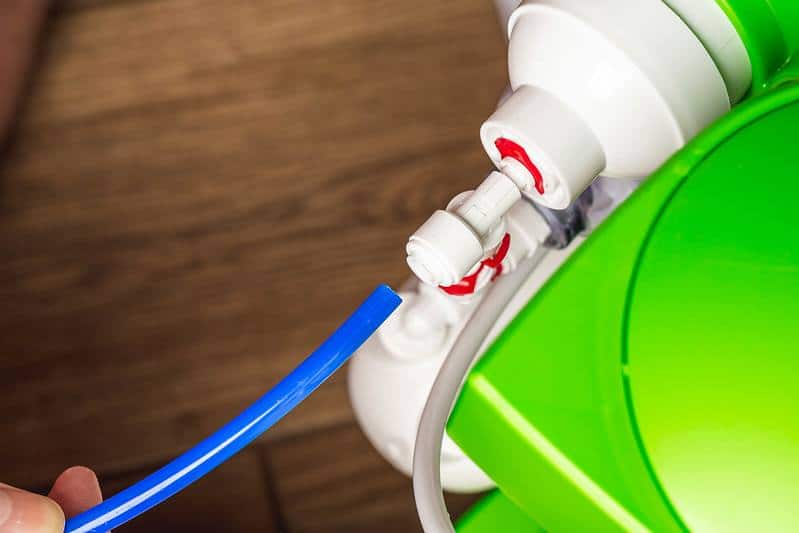
Reverse osmosis filters are becoming increasingly popular as a go-to solution for many reasons, such as:
Reverse Osmosis is Energy Efficient
Reverse osmosis is efficient, cost-effective, and provides clean drinking water for all lifestyles. But what makes reverse osmosis so energy efficient?
Regarding water purification at home, reverse osmosis is more energy efficient than distillation. For one thing, reverse osmosis works just fine, even without electricity. RO uses water pressure (ideally at 60 PSI) to push through the RO membrane for filtration and flush the rejected contaminants.
The only exception is if you live in areas where water pressure is low. In this case, you would need a pump booster for your RO system to function. On the other hand, a heating element is a must for any home distiller to operate.
RO is More Sustainable Compared to Producing Bottled Water
With the rise of environmental awareness and concern, many people are turning towards sustainable practices to reduce their carbon footprint. One of the most sustainable alternatives to bottled water is RO water.
A reverse osmosis system delivers pure water straight from your faucet. So, it eliminates the use of single-use plastic bottles. With no strict implementation of PET bottle recycling, plastic waste finds its way to the ocean killing marine life.
It can also help counter the impact of plastic bottle production, which releases about 2.5 million tons of carbon dioxide into the atmosphere annually—a contributing factor to global warming.
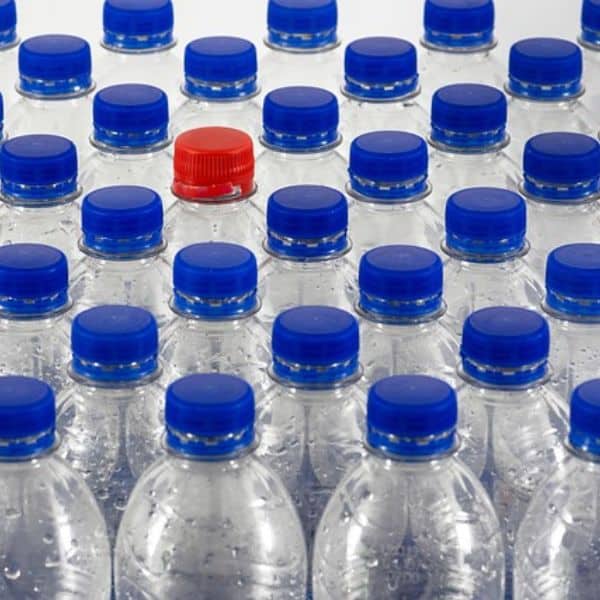
RO is an Effective Water Treatment for Wastewater
RO, or reverse osmosis, is a highly effective water treatment process for purifying wastewater. RO pushes water molecules through a semi-permeable membrane while trapping contaminants behind the membrane. The procedure removes impurities such as bacteria, viruses, and other pollutants from the water, leaving it clean and safe for reuse.
In addition to effectively cleaning wastewater, RO is also an efficient method for conserving resources. By removing harmful particles from wastewater that would otherwise need to be treated with other methods, RO can help reduce the demand for freshwater sources like lakes and rivers. This helps preserve precious natural resources while allowing us to use them sustainably.
Overall, RO is proving to be a reliable and cost-effective solution for treating wastewater to be reused safely.
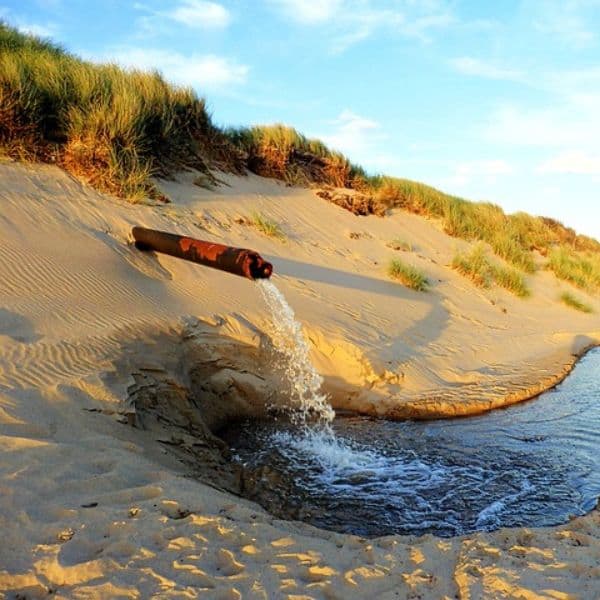
Disadvantages of Reverse Osmosis Filtration
Reverse Osmosis (RO) filtration is a process that uses pressure to force water molecules through a semipermeable membrane. While the process can be used to remove impurities from drinking water, there are some disadvantages to using this type of filtration method.
RO Generates Wastewater
One of the known disadvantages of reverse osmosis is wastewater. Wastewater is essentially used for flushing the contaminants and sending them down the drain. It’s like the water you use to wash your hands, which you must discard afterward.
Standard RO systems will have to drain 3.-4 gallons of water to produce 1 gallon of water—a ratio of 1:4. But the good news is advanced RO systems now have a 1:1 ratio for every gallon of pure water produced; only one gallon is wasted.
The wastewater can also be reused for various purposes like flushing your toilets, cleaning your car, and watering your garden. However, this might not apply to wastewater produced by industrial processes that contain more toxic chemicals.
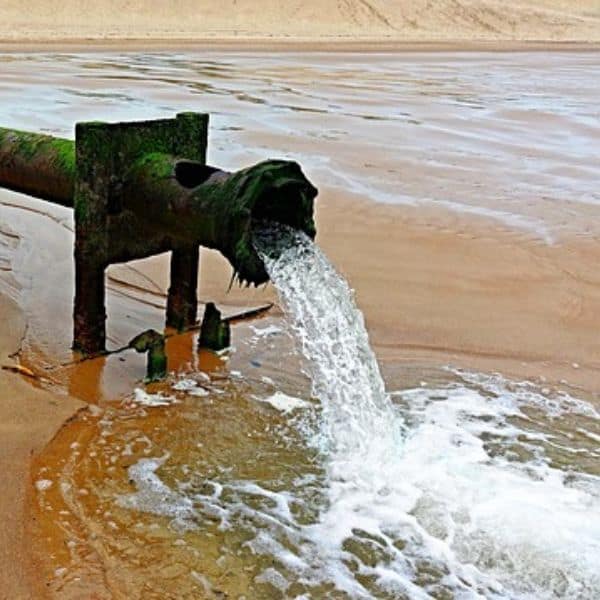
RO Wastewater Requires Proper Disposal
Another primary disadvantage of this process is that it produces a highly concentrated form of wastewater depending on the quality of your source water.
This liquid waste, known as concentrate or brine, could contain pollutants that can cause environmental damage if disposed of incorrectly.
RO wastewater is handled as part of municipal wastewater collected by sewers and then delivered to water treatment facilities. After it is treated, it is released to land or water bodies, provided the effluent meets local regulations.
Conclusion
Utilizing reverse osmosis for water purification can be beneficial in some circumstances. However, it is essential to consider the potential environmental impacts. The wastewater from RO systems contains a high concentration of dissolved salts and other chemicals that can adversely affect the environment if it is not correctly disposed of. Users of reverse osmosis systems must remain mindful of these potential effects when deciding how to purify their water supply.

